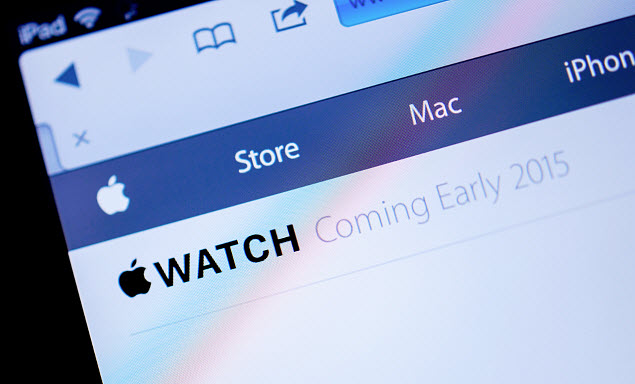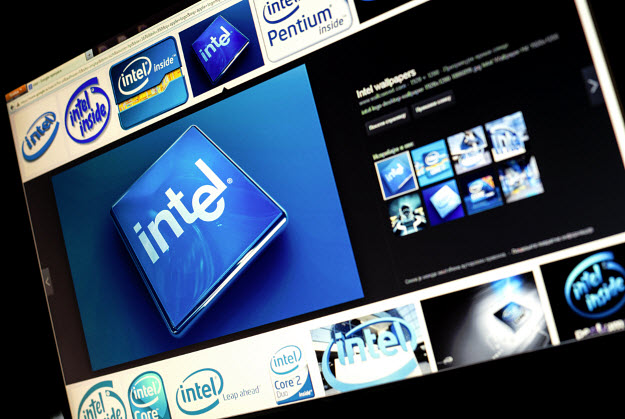According to the Apple CEO, its smartwatch will soon be a device people won’t want to live without.
The Apple Watch is expected to have its release date announced on March 9, at which time it will also likely reveal a number of additional details about this gadget, including more about its battery life, and how it may one day make car keys obsolete.
With a massive price tag of $349, the device will need to be impressive in order to convince people to pay.
That is the price that has been announced for the Apple Watch Sport version of the first smartwatch from the high end brand. The key will be to try to convince people why they will actually want the device in the first place. They will not, after all, be replacing traditional wristwatches, as many people stopped wearing those when they purchased their smartphones. Therefore, many people are wondering if having two smart devices on them at all times will simply be redundant. This is especially true because many of the features of the smartwatch will not function without being wirelessly connected to an iPhone.
According to CEO Tim Cook, the notifications are among the best reasons to get an Apple Watch.
 Cook explained that “I’m now so used to getting all my notifications and all my messages.” He went on to add that “It’s so incredible just to do this,” he said as he glanced down at his wrist, instead of having to take his iPhone out of his pocket. This could be quite convenient for a smartphone user. If a new notification arrives, it makes it possible for the smartwatch wearer to simply glance down at the wearable technology to see if the incoming call, text, email, or other type of alert is something that requires an immediate response.
Cook explained that “I’m now so used to getting all my notifications and all my messages.” He went on to add that “It’s so incredible just to do this,” he said as he glanced down at his wrist, instead of having to take his iPhone out of his pocket. This could be quite convenient for a smartphone user. If a new notification arrives, it makes it possible for the smartwatch wearer to simply glance down at the wearable technology to see if the incoming call, text, email, or other type of alert is something that requires an immediate response.
The question is whether something as simple as notifications will allow these wearables to stand out from among many others that are already offering that type of feature, and if people will be willing to pay more for the Apple Watch than they would be for those from rival companies.
There are a number of hurdles in the way of having consumers flock to purchase wearables.
While there has been a great deal of hype about wearable technology from the media and through the companies that manufacture these gadgets such as smartwatches and smart glasses, actual consumers have yet to make purchases in droves.
There are a number of different issues that are still in the way, and Intel says that device makers must solve them.
Among the leading problems identified by the CFO of Intel, Stacy Smith, are that the devices are not very attractive (which is an important factor to consider when people will actually be wearing them) and wearable technology needs to be recharged very frequently. Furthermore, the majority of these devices don’t work on their own, but are actually slave gadgets that require smartphones to be fully functional.
That said Intel feels that the most important issue that is currently faced in wearable technology is GPS.
 Smith explained that GPS is a core component that requires improvement if battery life is going to be enhanced in wearables. The issue is that GPS tracking technology drains considerably more battery life than it would require to power a color touch screen. However, the GPS can’t be eliminated altogether, as it is required in order to be able to use many apps to their fullest capability.
Smith explained that GPS is a core component that requires improvement if battery life is going to be enhanced in wearables. The issue is that GPS tracking technology drains considerably more battery life than it would require to power a color touch screen. However, the GPS can’t be eliminated altogether, as it is required in order to be able to use many apps to their fullest capability.
He underscored the fact that “having that location tracking is important.” There is a great deal going on in geolocation technology, right now, particularly in the world of marketing, and that tech will be needed by users who want to be able to receive a discount coupon that can be redeemed in a store they have just entered, for example.
Intel is hoping to eventually provide a solution to that issue through its Curie system-on-a-chip for wearable technology devices. Curie is a tiny little component that has various forms of sensors, such as a pedometer, among others. It has yet to include GPS tracking, but Smith has said that it is not outside of the realm of possibility. “That’s important, and we’ll get it there,” he stated.
 Cook explained that “I’m now so used to getting all my notifications and all my messages.” He went on to add that “It’s so incredible just to do this,” he said as he glanced down at his wrist, instead of having to take his iPhone out of his pocket. This could be quite convenient for a smartphone user. If a new notification arrives, it makes it possible for the smartwatch wearer to simply glance down at the wearable technology to see if the incoming call, text, email, or other type of alert is something that requires an immediate response.
Cook explained that “I’m now so used to getting all my notifications and all my messages.” He went on to add that “It’s so incredible just to do this,” he said as he glanced down at his wrist, instead of having to take his iPhone out of his pocket. This could be quite convenient for a smartphone user. If a new notification arrives, it makes it possible for the smartwatch wearer to simply glance down at the wearable technology to see if the incoming call, text, email, or other type of alert is something that requires an immediate response.
 Smith explained that GPS is a core component that requires improvement if battery life is going to be enhanced in wearables. The issue is that GPS tracking technology drains considerably more battery life than it would require to power a color touch screen. However, the GPS can’t be eliminated altogether, as it is required in order to be able to use many apps to their fullest capability.
Smith explained that GPS is a core component that requires improvement if battery life is going to be enhanced in wearables. The issue is that GPS tracking technology drains considerably more battery life than it would require to power a color touch screen. However, the GPS can’t be eliminated altogether, as it is required in order to be able to use many apps to their fullest capability.